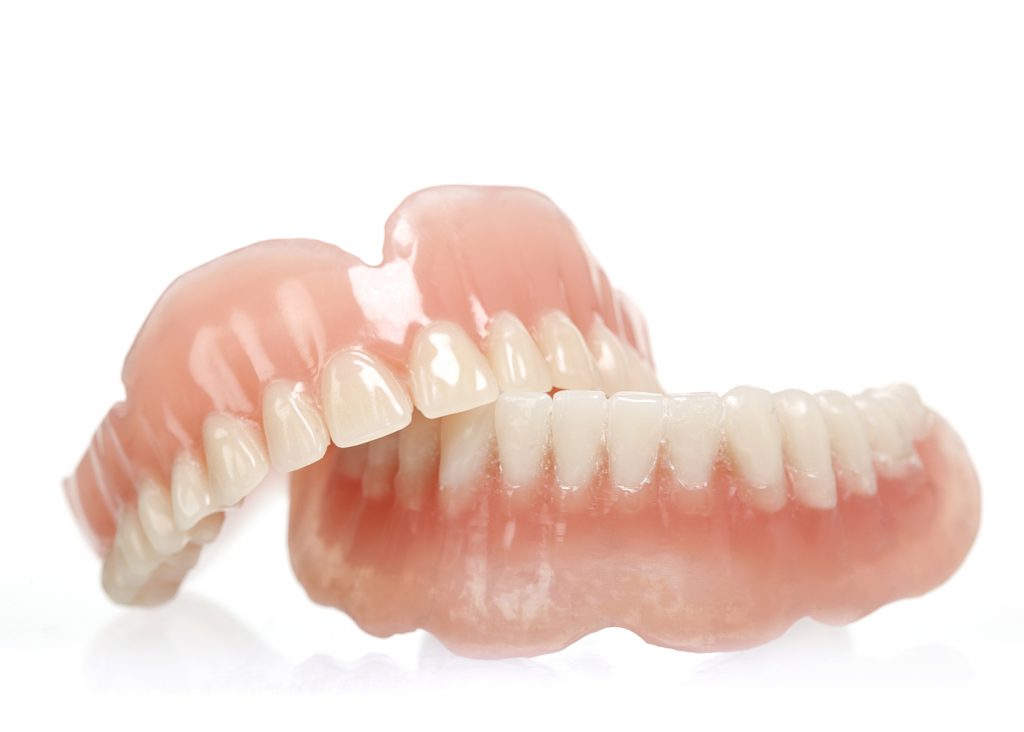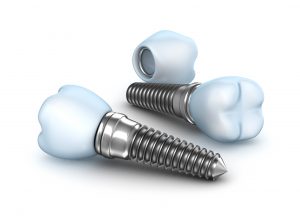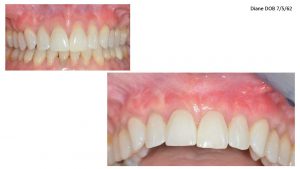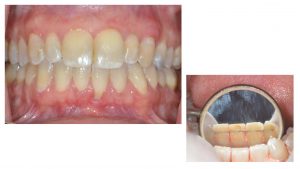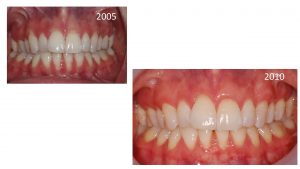
Implant surgery may have been improving smiles for the past 60 years, but implant therapy has come a long way, becoming one of the greatest dental advances. Under specific situations, dental implants can be placed at the time that the tooth is extracted. And if the implant is placed in very firm bone, temporary crowns can be placed on the implant the same day.
Immediate implants are placed into two categories: single teeth or full mouth. Single tooth implants are those used to replace flawed teeth in the front of the mouth, or those people would see when you smile. Typically, this treatment option would be ideal when the cause is the result of trauma, where a tooth is fractured and cannot be restored. The full mouth option is ideal for patients with many failing teeth, or already have dentures.
As far as the process is concerned, it really is pretty straightforward. During your initial examination, your dental professional (periodontist) will take a three-dimensional scan of the injured jaw. This will tell us precisely how much bone is available for the placement of a secure implant. Once complete, a treatment plan will be discussed. During the surgery, the periodontist will remove the tooth and replace it with the implant (a root substitute). Typically, bone grafting is also performed at the same time. The patient then has a temporary tooth, or custom-made bridge, inserted.
When we have a flawed smile, we become self-conscious about showing it off. With these immediate dental implant/teeth-in-a-day options, we don’t need to worry about keeping our smile hidden for long. All it takes is one dental appointment.
If you would like more information about dental implants, call Dr. Cabrera in Chicago, IL at 312-994-7939 or visit www.perioimplantchicago.com.
Dr. Cabrera proudly serves Chicago and all surrounding areas.

